If you have a senior canine who is a messy eater and struggles to bend over and eat due to its age, then you might need to raise his or her bowl of water and food. DIY a raised food bowl to help your canine. In addition to a raised bowl stand you can also create built-in storage space.
An important point you need to note before you undertake this project-
Veterinarians do not suggest having an elevated feeding station for canines as drinking or eating quickly can cause their stomach to fill with air. Having an elevated feeding station is not advisable for canines who are at risk of getting bloated.
However, this project can be very helpful for senior canines and arthritic canines, who are having a hard time bending and eating or drinking water. It is advisable that you consult your vet before diving into this DIY project.
Materials and tools needed to DIY an elevated feeding station is-
- Circular saw
- Jigsaw
- Drill with bits and drivers
- Three bar clamps 3 inches in length
- Hammer or finish nailer
- Measuring tape
- Compass with pencil
- Straight edge
- 4 x 8 x 1/2 sheet of sanded plywood
- four 2 inch bun feet with mounting hardware
- Wooden pull knob
- 18 inch piano hinge
- Hinge supports
- Wood glue
- Nails
- Masking tape
- Paint and painting supplies
To get started with this project first assemble the plywood sheet-
Keep the plywood on a sawhorse (a board used to support a board or a plank for sawing), using a circular saw make the cuts for the dimensions given as follows. You need to have planks in size 10x24” as front and rear parts, planks in size 10.5x24” as top and bottom part, for the inner sides your plank size must be 9x9.5 and for the outer side, your plank size must be 10x10.5.
If you are not used to cutting planks or want to speed up the process you can ask your local hardware store guy to give you the planks cut in those mentioned dimensions.
After having the planks stick the sides together-
Take a generous amount of glue and attach the inner sides to the outer sides. Insert few nails into the corners and in the middle so that it holds everything in place as the glue dries. You need to wait for at least an hour and allow the glue to dry before you move onto the next step.
Measure and mark the holes needed for the food bowls-
Measure the diameters of the food bowls, decide the space you would like to keep in between the two bowls. Mark the diameters using a compass, make the lines dark so that it will be easy for you to create a hole.
For example- if your bowl’s diameter is 8 diameters at the lip, so the diameter for the hole should be 7 or 7.5 depending on the lower diameter of the bowl. So set the compass to half of the diameter i.e 3 or 3.5 to draw the circles. It will help in keeping the bowl stiff.
Create holes-
Place your plank on the sawhorse and drill two big holes, one at the top and another at the bottom of the marked circle. The hole made by a drill must be big enough for the jigsaw blade to be inserted. Insert the jigsaw blade and follow the inner line of the circle. Repeat the same process to make the other circle. Ensure you use this tool keeping your safety in mind. If you are having trouble using these tools you can always ask your hardware guy to make the cuts for you.
Attach the clamp and case together-
Add glue to the inner edge of each plank and start assembling it. The planks you assemble should be in the form of a rectangular box and then tape it using masking tape. Adding some glue before you add masking tape to the corners, it will help in keeping the pieces together. Once everything is attached and is in place, use a bar clamp to put pressure on the box or case and leave it together until the glue dries. After the glue dries up insert some nails in the corner and in the middle of each edge to add more strength to the food stand.
Attach a cross-member in front-
Your case will be strong enough by now, but if you need to add extra support to your case you can attach a cross-member. To add a little extra support by attaching a cross-member across the top front attach the cross-member using glue and nails.
Sand the case lightly-
Now that you have completed your project, give it a light sanding. Ensure that you wipe all the excess sawdust with a damp towel before applying the finish.
Ensure you use a non-toxic finish and paint since this stand will be used by your pet. You can tape the edges using a colour that is in contrast to your paint colour to give it a nice colourful look.
Adding the bun feet-
Flip the case upside down to add bun feet. Add the bun feet only after the paint has nicely dried. Attach the bun feet by spreading them out to give the case nice stability. If you have floors that can be easily scratched, then add thin rubber pads at the bottom of the bun feet.
Add piano hinge-
Start attaching the piano hinge from inside the case. Screw the hinge in place so that it opens in the correct direction. Close the hinge and add few drops of superglue in between the holes and attach the front door in place. You might have to hold the door in place until the glue hardens. After the glue hardens screw the rest of the hinge down.
Add hinge support knobs-
In order to avoid the piano hinge from opening all the way down to the floor, you can install hinge support. You might have to purchase left and right side support and insert them into the inner panel first. Attach it with a screw on the other side of the door by adjusting the level. You can add the screw on the side to adjust the door and avoid your canine from opening the door in your absence. Add a wooden knob on the outer side of the door and your elevated food stand with storage space is ready to be put to action.







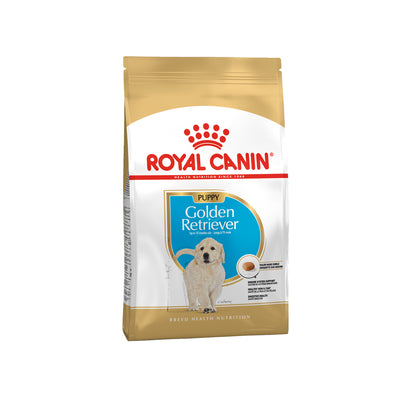
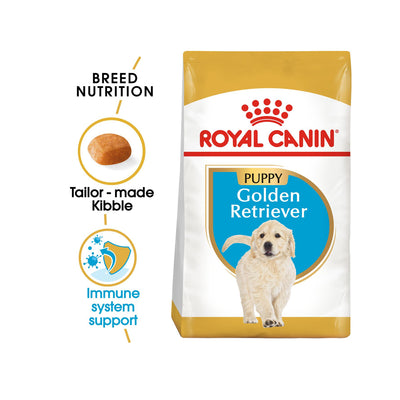
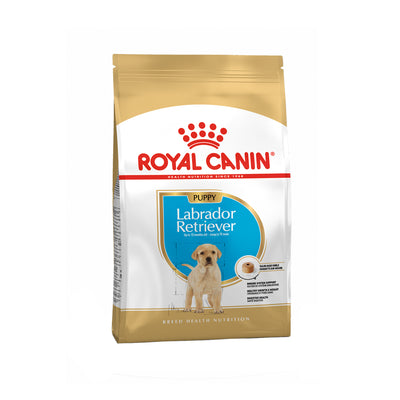
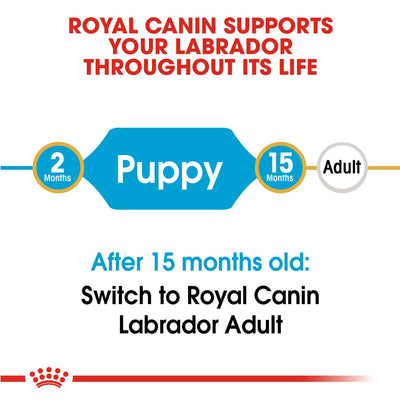
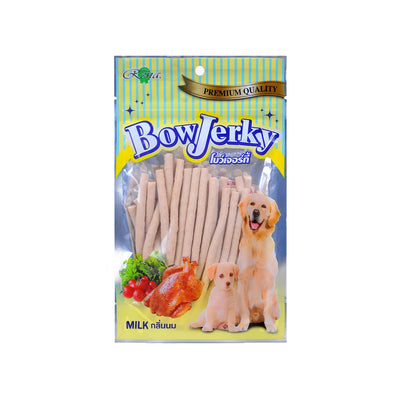
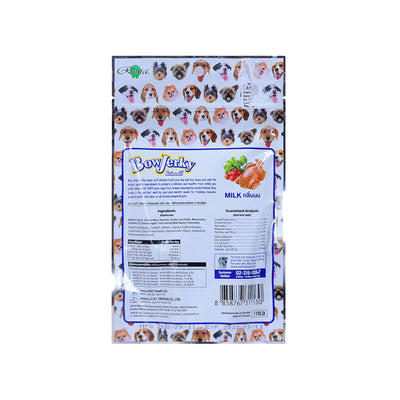
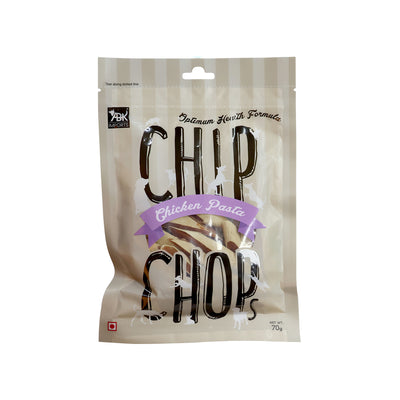
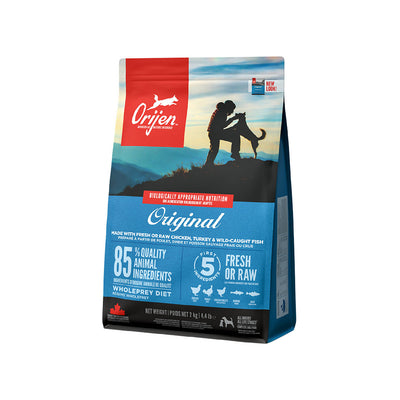
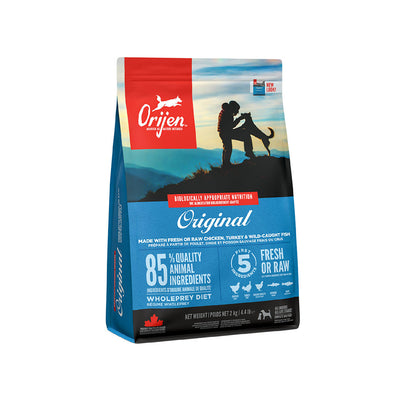


![5 Fun Facts About [Popular Pet Breed]](http://www.petkonnect.in/cdn/shop/articles/5_Fun_Facts_About_Dog_Pet_Breeds.png?v=1716969117&width=400)


